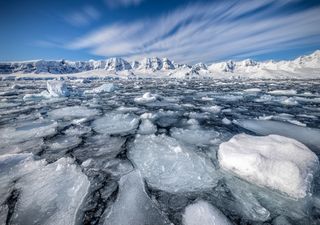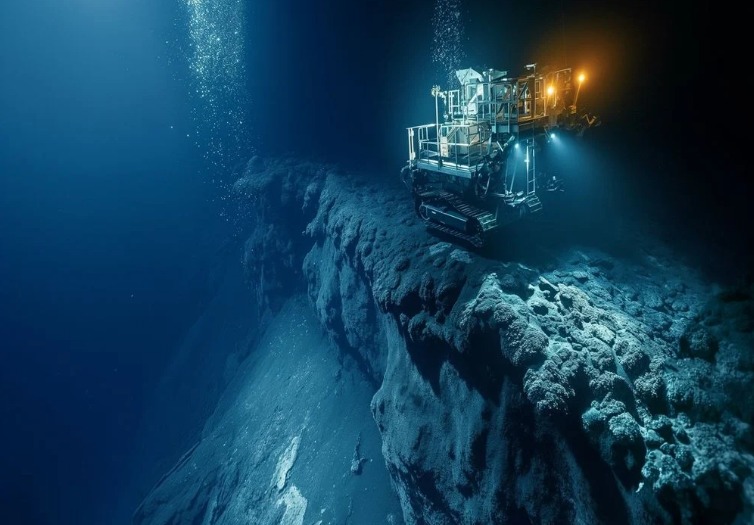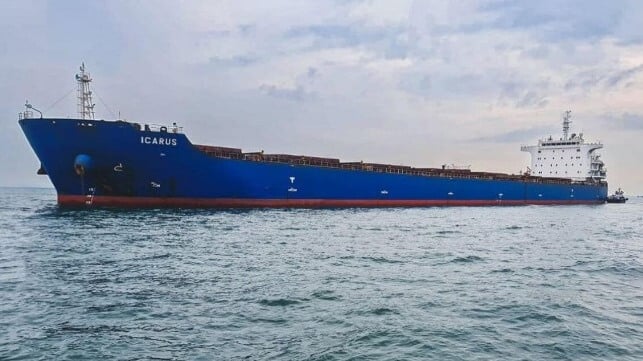According to Dutch researchers, mining of the seabed could generate underwater dust clouds over several kilometers, which is a real threat for the species encountering them.
Dangerous exploitations for marine fauna
The seabed is, like the surface, rich in minerals, which leads to an increase in mining projects. This is for example the case in the Clarion-Clipperton area located between Mexico and Hawaii where 17 deep-water mining exploration contracts have been awarded.
However, these underwater mining operations are accompanied by a great threat to biodiversity. By studying the Clipperton fracture zone, the University of Utrecht in the Netherlands discovered that the exploitation of the seabed, reproduced by the researchers for an experiment, generated significant clouds of dust moving over large distances in the water.
In this area, the extraction of sediments from the seabed in order to extract manganese nodules would in fact be the origin of gigantic clouds of dust. However, these clouds do not only stay there, a large part moves with the currents over a distance of up to 5 kilometers, which represents a threat to underwater fauna.
These clouds are in fact loaded with toxic sediments, previously buried in the ocean floor. Thus, mining operations spread these heavy metals over several kilometers, heavy metals which then accumulate in the food chain, threatening numerous species.
A major risk for biodiversity
Underwater life is indeed very fragile at this depth and the slightest change in the composition of the water can wipe out hundreds of thousands of marine animals. Sediment toxicity quickly threatens poorly mobile organisms such as corals and sponges and can also hit more mobile species hard by poisoning their food source.
Changing the composition of water also opens the way to invasive species, which risk gradually replacing those originally present and thus disrupting the biodiversity of a given sector, which can then have repercussions on larger regions. .
Other studies carried out on the subject have also demonstrated that noise pollution linked to the deployment of machinery intended for mining operations also threatens many species. Sounds produced by remote-controlled vehicles and robots may overlap with the frequencies at which cetaceans communicate, which can cause auditory masking and behavioral changes in marine mammals.
Alert: Antarctic ice is behaving in ways never seen before! What is really happening?
Alert: Antarctica’s ice is behaving in ways never seen before! What is really happening?

To date, seabed mining is prohibited in most of the world, but projects of this type of exploitation are gradually increasing, due to commercial pressure and the need for certain minerals, particularly those necessary for the construction of electronic devices. However, the authors of the study in question are clear that we should not degrade areas that are still largely unexplored without knowing the future consequences on marine fauna.




